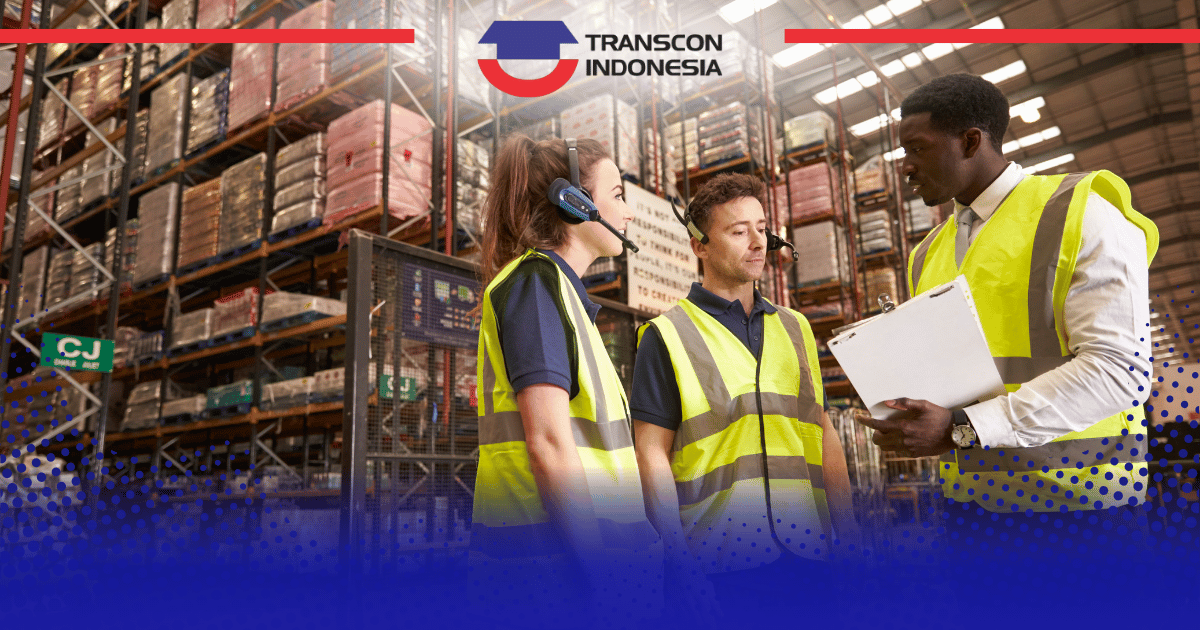The Importance of Warehousing in Logistics
Warehouses play a crucial role in the distribution of goods. They serve as temporary storage before products are distributed. The variety of warehouse types allows companies to select based on their business needs.
Functions of Warehousing in Logistics
-
Storage – Maintains stock in optimal condition.
-
Receiving and Inspection – Ensures the quality of incoming goods.
-
Outbound Handling – Manages distribution to customers.
-
Inventory Management – Controls stock levels to avoid overstocking or shortages.
-
Order Fulfillment – Ensures timely packing and delivery of orders.
-
Distribution Center – Facilitates delivery to various destinations.
Types of Logistics Warehousing
-
Public Warehouse
Managed by logistics service providers and available to multiple businesses. -
Private Warehouse
Owned and operated by a company for internal use. -
Centralized Warehouse
All company inventory is stored in one central location. -
Decentralized Warehouse
Goods are stored in multiple strategic locations to speed up distribution. -
Distributed Warehouse
A network of smaller warehouses used to meet local market demands.
Differences Between Warehouse Types
-
Ownership Structure – Public warehouses serve many businesses, while private warehouses are for exclusive company use.
-
Location and Accessibility – Public warehouses are in strategic locations, while private warehouses can be customized by the owner.
-
Storage Capacity – Public warehouses usually have larger capacities.
-
Technology Used – Public warehouses often use automated systems, while private warehouses can be customized.
-
Operational Costs – Public warehouses are more affordable due to shared costs, while private warehouses require higher investment.
Considerations for Choosing the Right Warehouse
-
Product Type – Items needing special storage like cold storage require specific facilities.
-
Business Objective – Large-scale businesses may prefer centralized warehousing.
-
Production Volume – High production needs larger storage.
-
Operational Budget – Choose based on company’s financial capacity.
-
Infrastructure Availability – Good transportation access is essential.
Technological Innovations in Warehousing
-
Automation and Robotics – Improves operational efficiency.
-
RFID Technology – Simplifies item tracking and identification.
-
Inventory Management System – Manages stock in real-time.
-
Scheduling Systems – Ensures timely order delivery.
-
GPS Tracking – Ensures smooth distribution.
Efficient logistics warehousing management can enhance goods distribution and support business growth. If you need reliable and efficient warehousing services, visit Transcon Indonesia for the best solutions.
